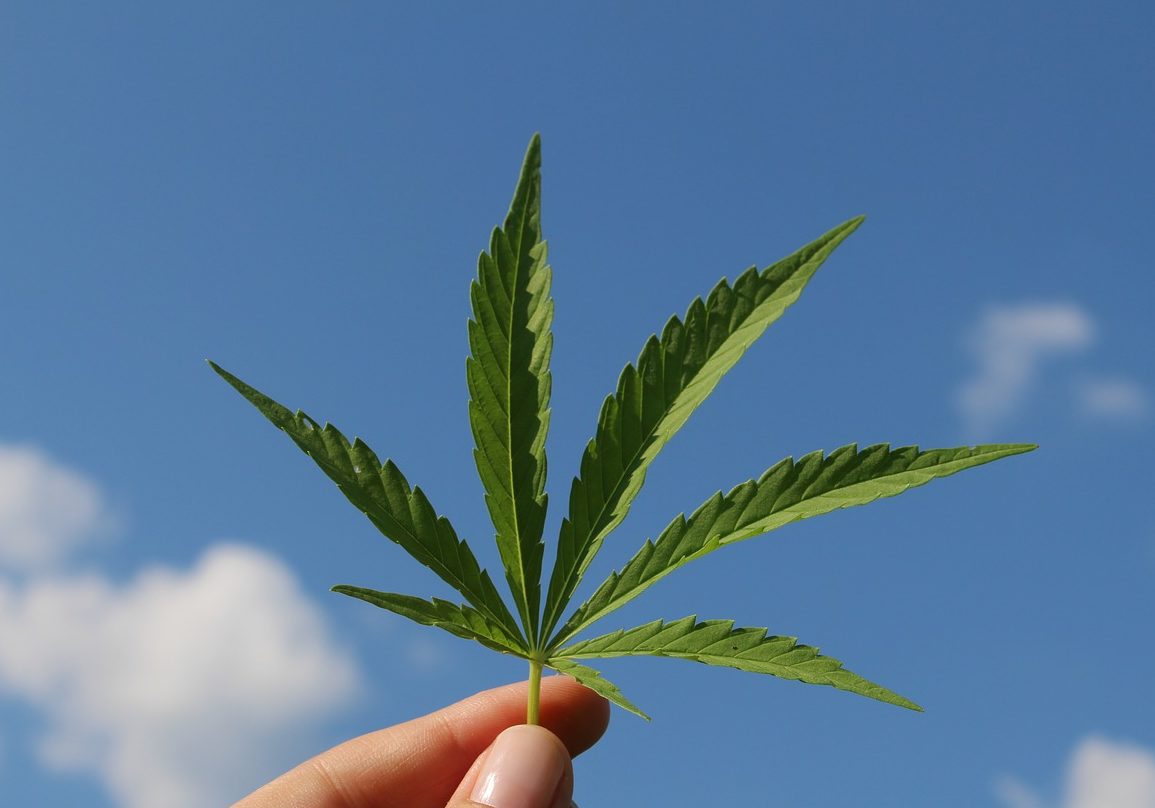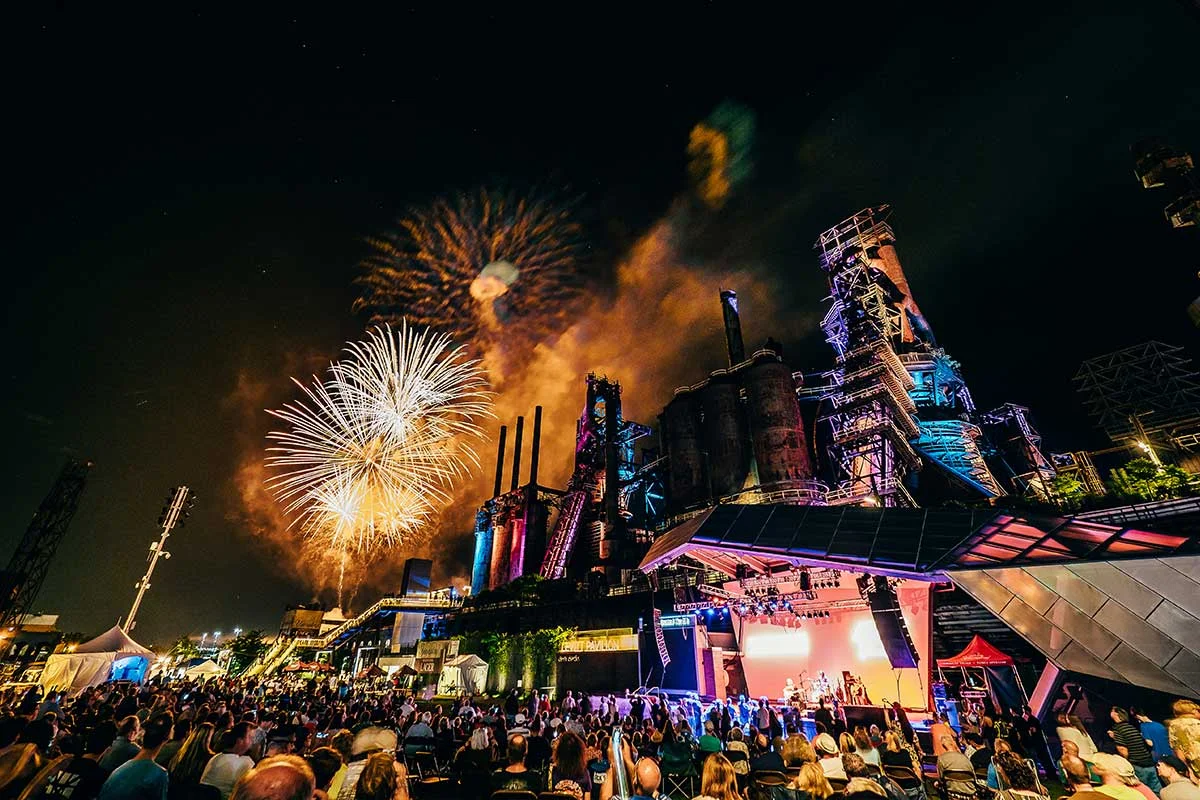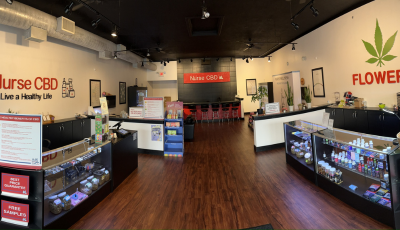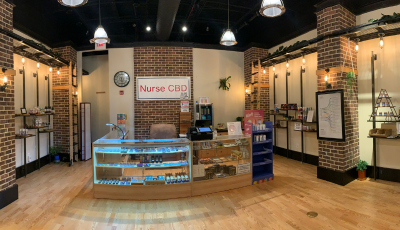Lots of questions arise on the difference between marijuana and hemp. Here’s what to know. Both hemp and marijuana plants are the same species. The main difference lies in how much of a certain cannabinoid each contains. It’s a common misconception that hemp and marijuana are two different species of plant. In fact, they’re not distinct species at all. They’re just two different names for cannabis, a type of flowering plant in the cannabaceae family.
Legally the key difference between the two is tetrahydrocannabinol (THC) content. THC is one of the many cannabinoids, or chemicals found in the cannabis plant. It’s the one that’s primarily responsible for the “high” associated with cannabis.
One of the biggest differences between hemp and marijuana is its chemical composition (mainly how much CBD and THC they carry). Hemp typically carries anywhere between 10-20% CBD and below 0.3% THC, alongside other major and minor cannabinoids such as cannabigerol (CBG), canabinol (CBN), and cannabichromene (CBC). Marijuana generally carries anywhere between 10-25% THC but has been known to go up to 33-35%. Certain marijuana strains are bred to contain more CBD. When this happens, the scale tilts, and the THC content decreases.
It’s also important to differentiate between hemp and CBD, and how they’re used. As mentioned before, hemp’s uses surpass simply being a variety of cannabis. It’s an extremely fibrous and robust plant. CBD, as an isolated cannabinoid (plant compound), is just one part of the hemp plant. Used primarily for its physiological and therapeutic benefits such as anti-anxiety, anti-stress, anti-inflammation, and pain relief. CBD is also found in marijuana as well.
The term “hemp” is used to mean cannabis that contains 0.3% or less THC content by dry weight. This number was used in the legal definition of hemp, as specified in the Agricultural Act of 2018 and other laws in the United States. Because the THC level in hemp is so low, it’s unlikely to get you high. Hemp can be used for industrial purposes as well such as hemp paper, rope, cutting edge materials, and clothing due to the hemp fibers found in the leaves and stalks being so strong and durable.
Grown high-CBD, low THC hemp varieties are more commonly used to create CBD oil, CBD capsules, and CBD topicals for health and wellness. Hemp plants are slim and very tall, reaching a height of 18.22 feet. Hemp leaves are also very skinny and are commonly found near the top of the stalk alongside the trichome-rich buds. Hemp plant color varies, some are a lighter green, while others have a grayish hue.
Usually, when people say “marijuana” they’re talking about cannabis that can get you high. The term is used interchangeably with “weed” and a number of other terms. Legally “marijuana” refers to cannabis that has more than 0.3% THC by dry weight. THC content can vary among cannabis plants. Some strains are bred to be higher in THC than others. Cannabis plants have been designated as cannabis sativa, cannabis indica, or a hybrid. Each of these has its own purported characteristics and effects.
Marijuana is used for a variety of different medicinal and recreational purposes. It carries large quantities of THC, the compound known to cause a “high” or feeling of euphoria. Many medical cannabis users consume high-THC marijuana for pain, inflammation, anxiety, depression, epilepsy, appetite stimulation, and glaucoma. Recreational users enjoy the feeling of THC in social setting
Overall, hemp and marijuana are from the same plant species, but the biggest difference regarding both is the amount of THC and CBD each possesses. Hemp contains higher amounts of CBD and trace amounts of THC. Marijuana contains higher amounts of THC. Both have different benefits in regards to relieving anxiety, pain, helping with sleep, and other benefits. Check out our website for some great hemp derived products!













